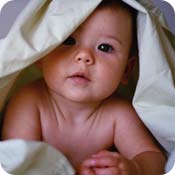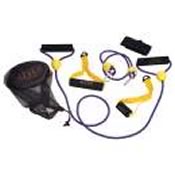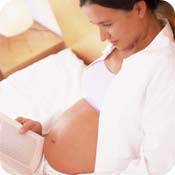 Editor's note:
Two BabyFit members NICKITA
and MOM2AMIRACLE started a nonprofit to help raise awareness about Shaken Baby Syndrome. To honor Child Abuse Prevention Month in April, they shared this article with BabyFit. For more information on Shaken Baby Syndrome, visit the organization's website.
Editor's note:
Two BabyFit members NICKITA
and MOM2AMIRACLE started a nonprofit to help raise awareness about Shaken Baby Syndrome. To honor Child Abuse Prevention Month in April, they shared this article with BabyFit. For more information on Shaken Baby Syndrome, visit the organization's website.
What is SBS?SBS is a serious brain injury that occurs when a child is shaken, usually to stop him or her from crying. (Learn ways to stop a baby from crying.) It is considered a serious form of child abuse. Shaken Baby Syndrome, or SBS, refers to the group of injuries most commonly found in babies or young children who have been shaken. Subdural hematomas (bleeding on the brain) and retinal hemorrhages (bleeding behind the eyes) are the two main factors for determining whether or not a child is suffering from SBS. In more severe cases, rib fractures or long-bone arm fractures may also be found.With very severe cases, shaking is sometimes accompanied by throwing the infant onto a hard surface. This is called Shaken Impact Syndrome, and it is indicated by skull fractures in addition to other damage. Facial bruising or bruising on other "grip-point" parts of the body is not very common with SBS/SIS but may also occur depending on the severity and duration of the shaking. SBS injuries occur when a baby or young child is grabbed around his or her arms or trunk and shaken violently. The head moves back and forth in a whiplike motion, which causes the baby's brain to bounce back and forth in its skull, leading to irreversible brain damage. Injuries may not be externally apparent but most often cause permanent damage or death.
|
Shaken Baby Syndrome is 100% Preventable
Learn More about This Serious Brain Injury
Page 1 of 1





Member Comments